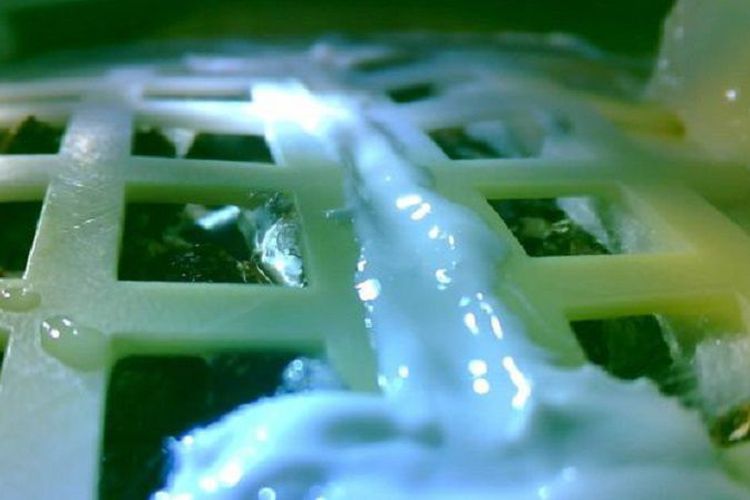 Teknologi.id - Nearly two weeks after becoming the first nation to ever land a spacecraft on the lunar far side, China has once again made history by conducting the first successful botanical experiment on the moon.
China’s 2,600-pound Chang’e-4 lander that touched down inside Von Karman Crater on January 2 was carrying a 6-pound sealed biosphere containing plant seeds and silkworm eggs. These plant seeds, which belong to variety of species, have now germinated, becoming the first seeds to sprout on the surface of the moon.
The news was announced today by China’s state-run press agency Xinhua, which unveiled that the first plant to germinate in the lunar environment was a cotton bud.
Teknologi.id - Nearly two weeks after becoming the first nation to ever land a spacecraft on the lunar far side, China has once again made history by conducting the first successful botanical experiment on the moon.
China’s 2,600-pound Chang’e-4 lander that touched down inside Von Karman Crater on January 2 was carrying a 6-pound sealed biosphere containing plant seeds and silkworm eggs. These plant seeds, which belong to variety of species, have now germinated, becoming the first seeds to sprout on the surface of the moon.
The news was announced today by China’s state-run press agency Xinhua, which unveiled that the first plant to germinate in the lunar environment was a cotton bud.
Read also: China's Space Agency Start Off 2019 by Landing Spacecraft to the Moon
All in all, the Chinese Change’4 probe has flown four different types of plant seeds to the moon, including cotton, potato, rape (Brassica napus), and rock cress (Arabidopsis) — a flowering plant genetically related to mustard and cabbage. In addition, the spacecraft has ferried yeast and fruit fly eggs to the lunar far side. The mini-biosphere is essentially an 8-inch-tall, 7-inch-wide cylinder canister made from special aluminum alloy materials. The small enclosure holds water, soil, air, and a heat control system built to keep the interior at around 25 degrees Celsius, as well as two small cameras that track the progress of the experiment.More Than 170 Photos
On January 12, the cameras recorded images of a cotton bud sprouting inside the small lunar biosphere. So far, this is the only plant to have grown on the surface of the moon. The Chang’e-4 biology experiment — the first one to ever be attempted on the surface of the moon — was designed by 28 Chinese universities and is overseen by a team of scientists from Chongqing University in southwest China. The university has released a statement on the amazing success of this pioneering endeavor, as reported by CNN.“This (mission) has achieved the first biological experiment on the moon of human history, to sprout the first bud on the desolate moon. And with time moving on, it’ll be the first plant with green leaves on the moon,” said Xie Gengxin, chief designer of the experiment and dean of the Institute of Advanced Technology at Chongqing University. The purpose of this experiment is to learn how germination, growth, and silk production are affected by the moon’s reduced gravity, which sits at just 17 percent of Earth’s gravity. The idea is that, once the plants and Arabidopsisflowers are growing, they will provide the necessary amount of oxygen for the silkworms to survive. These, in turn, will provide the plants with carbon dioxide for photosynthesis. (DWK)Seedlings in space! First-ever cotton plant on the Moon growing in #ChangE4 mini biosphere https://t.co/L8YpXqoVIG pic.twitter.com/3NVoCBUn5M
— China Xinhua News (@XHNews) January 15, 2019

Tinggalkan Komentar